What to see in Varadero
Varadero is Cuba's closest point to the United States
The Beach
Varadero Beach, also known as Playa Azul, is probably the most famous beach in Cuba and one of the most famous in the world. Its crystalline and transparent waters and its fine white sand extend for more than 20 kilometers in the Hicacos Peninsula. The warm temperatures remain all year round, making it an ideal destination in any season.
Its seabed is perfect for snorkelling and scuba diving.
The best activity is to relax while sipping an authentic mojito with 100% Cuban rum.
Josóne Park
It was formerly a neoclassical style mansion built in 1942 by a couple who owned a distillery in Cárdenas, which coincided with their silver wedding.
José and Onelia Iturrioz baptized this small natural paradise by combining their names and spent unforgettable moments here; he worked locked in his study and she took care of the gardens and organized ceremonies and parties attended by illustrious people.
The property passed into the hands of the government after the Revolution and is currently a space open to the public. The park consists of nine hectares of rich vegetation with a lake in the centre crossed by small bridges and where you can take a boat ride. The park also houses several restaurants, bars and a swimming pool.
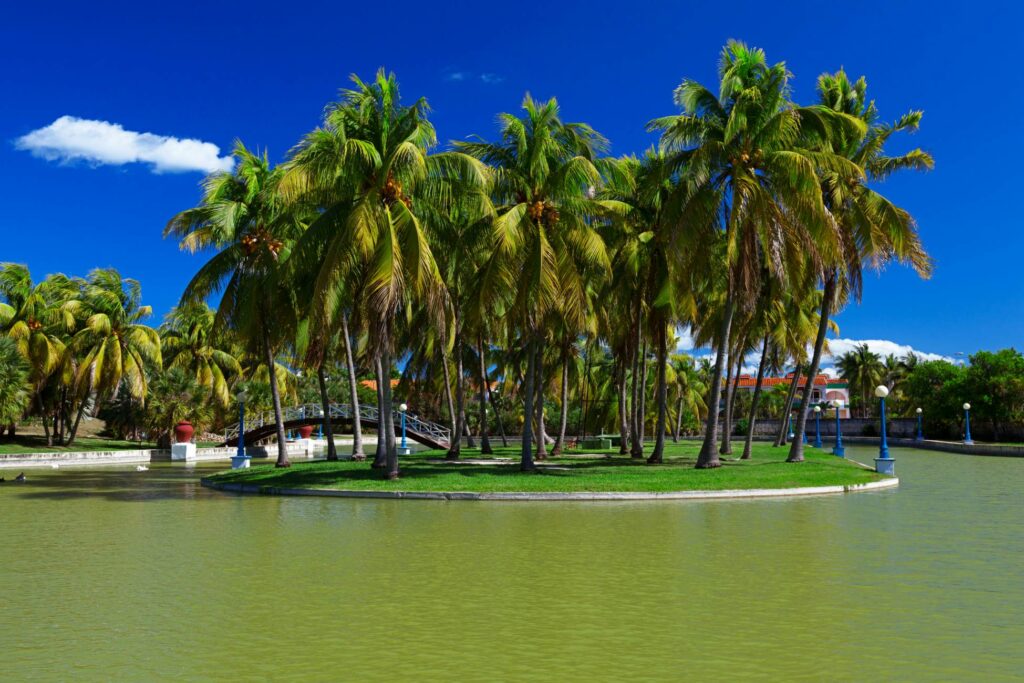

Boulevard
It is located between Calles 62 and 64, an area of seven hectares with various commercial and gastronomic offers. The Casa del Rum and the Casa del Tabacco are also located here. There are three restaurants and a small Plaza de artesanos.
And you can’t miss the Varadero sign where you can take a souvenir photo.
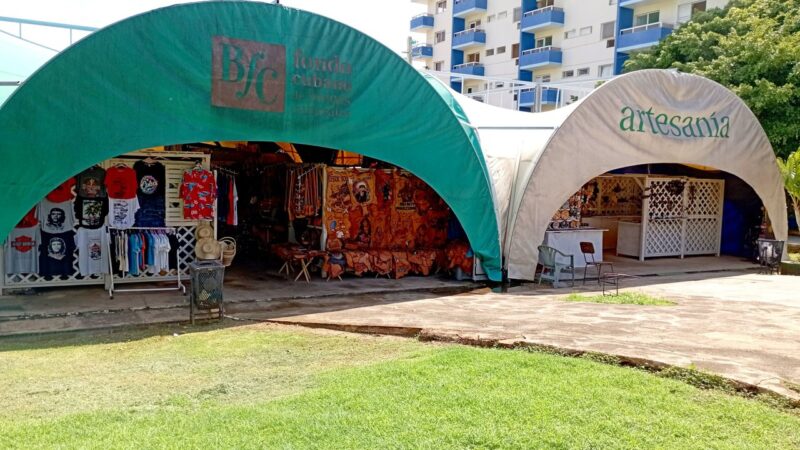
Crafts Markets
In the main street of Varadero there are several craft markets, the most famous and best stocked is certainly the one between Calle 15 and Calle 16. Here you can buy leather goods, jewellery, clothes, bags, hats, magnets, beautiful wooden objects, etc. Never forget to negotiate the price.
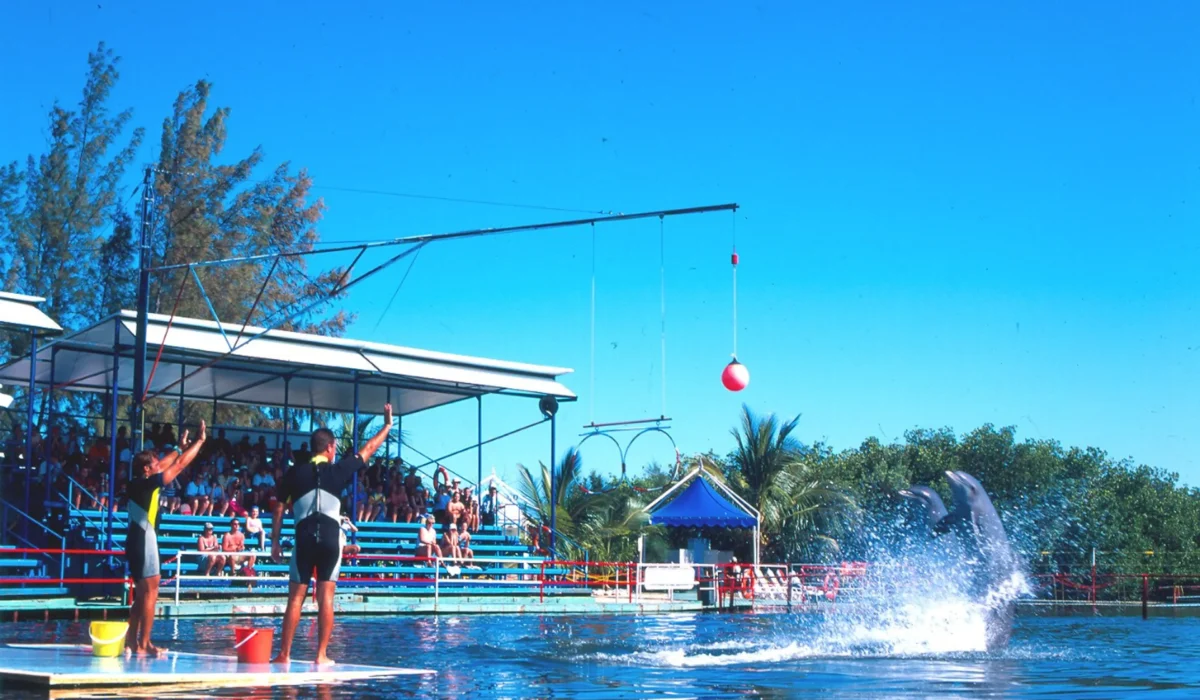
Dolphinarium
Open since 1984, it is located in a mangrove lagoon near Marina Chapelin.
The 13 dolphins that are currently in the park perform daily shows in a giant pool surrounded by vegetation. At the end of the show you can have your picture taken with the dolphins and, for an extra fee, swim and interact with them, a unique and unforgettable experience.
There is also a play area for children and a souvenir shop.
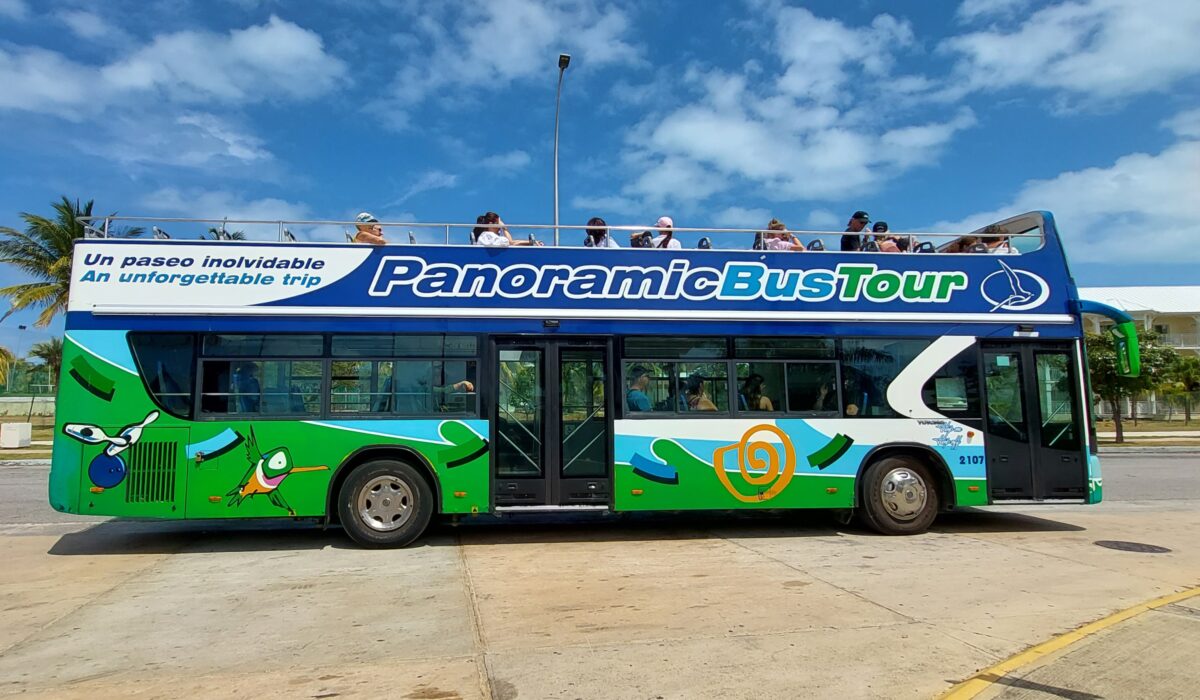
Varadero Beach Tour
This is a panoramic double-decker bus with a hop on-hop off system. For just 5 dollars you can hop on and off from morning to evening choosing from the nearly 50 stops that connect hotels, markets, shopping centres, etc.
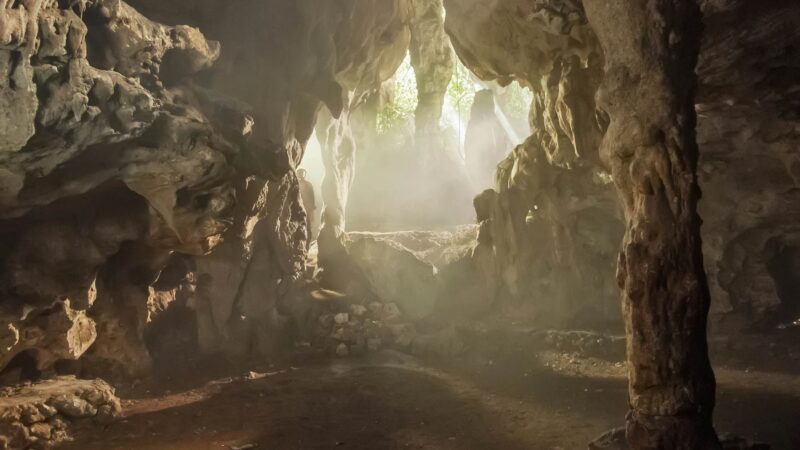
Ambrosio Cave
The rocks that form it date back two million years. It was discovered in 1961 and is 300 meters long. It houses 47 pre-Columbian cave paintings. The best preserved are in the Claraboyas Room, the most characteristic one.
The ancient inhabitants of the island left evidence of some aspects of their lives, through the use of colours such as red and black, tracing concentric circles with them, finished by the sunlight that filters through the cracks, which illuminates the internal walls and gives it a magical appearance.
Years ago the cave was a settlement area, initially by pre-Columbian natives and, later, by runaway slaves and pirates.
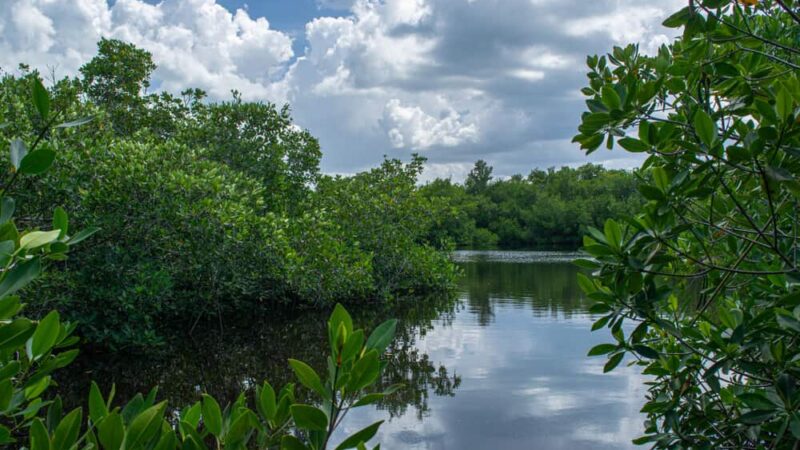
Varahicacos ecological Reserve
It is a zone where, among the various species, the Hicaco abounds, a characteristic plant of the area to which the Peninsula owes its name, much appreciated for the flavour of its white fruit.
Here you can find various plant species among which a long-lived cactus of over 600 years stands out, the so-called Patriarch Cactus.
The Varahicacos Reserve is a perfect place for sightings of both terrestrial and aquatic birds, migratory and endemic.
In the reserve it is possible to observe reptiles of various types, most of which, like the iguana, are original inhabitants of the peninsula.
The climate allows the growth of abundant marine life. The clear water of the area welcomes corals full of colourful fish, bivalves, crustaceans and all types of vertebrates that populate the sea, especially sharks and some turtles and marine mammals.
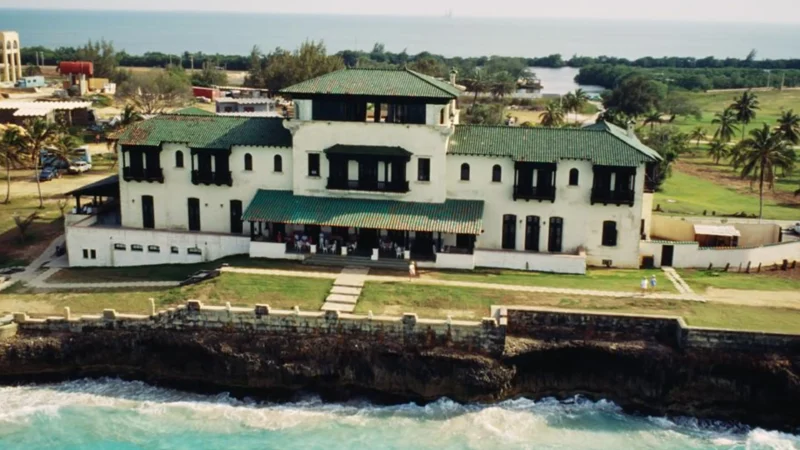
Mansión Xanadú
The old Mansion Xanadú dates back to 1928, when the North American millionaire of French origin Irenée Du Pont decided to establish his temporary residence in the Varadero beach area. Built on the Peña de San Bernardino cliff, overlooking the sea, the building arose from a combination of fine woods and Florentine marble.
Today it has been converted into a hotel and restaurant. One of its terraces has been converted into a bar, where you can enjoy an impressive view of the sea at sunset.
The Mansion Xanadú is strategically located next to the famous Varadero golf course, where international competitions of great interest to fans of this sport take place.
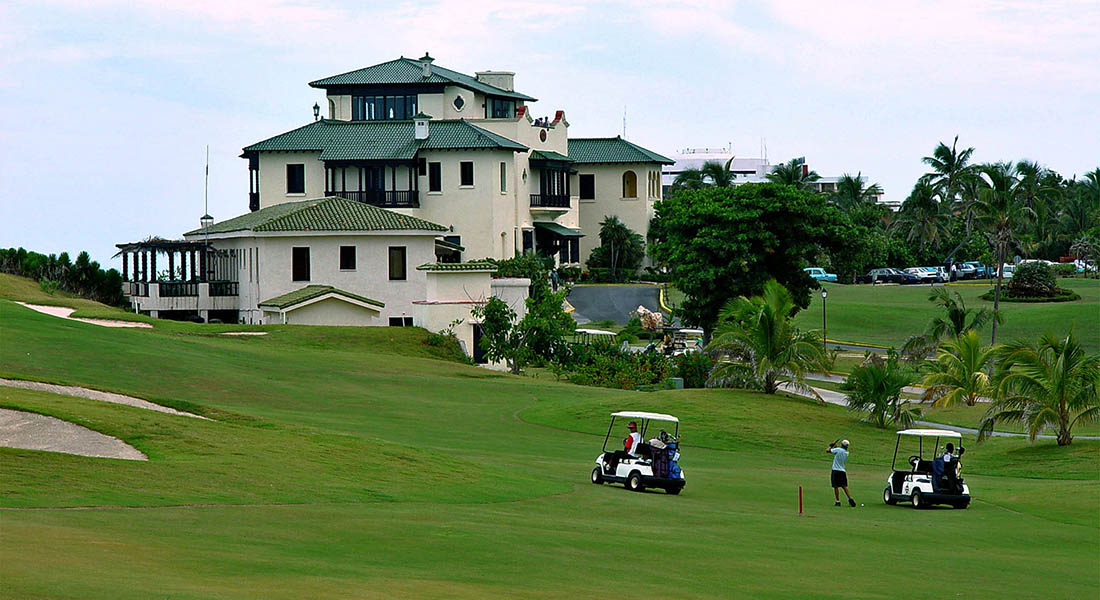
Golf Club
The Varadero Golf Club is the only 18-hole par 72 golf course in Cuba. It has all the facilities, services and equipment related to the practice of golf.
It was inaugurated in 1999 and designed by architect Les Furber, president of the Canadian company.
Golf Design Services LTD (GDS). It combines three different golf architectural styles: the classic design, the challenging or target Golf design and the links design. It covers a 3.5 km strip located between the hotels “Los Cactus”, “Tuxpan”, “Bella Costa”, Melia “Las Americas”, “Golf & Suites Resort”, “Melia Varadero”, “Sol Club Palmeras” and “Sol Club Sirenas”.
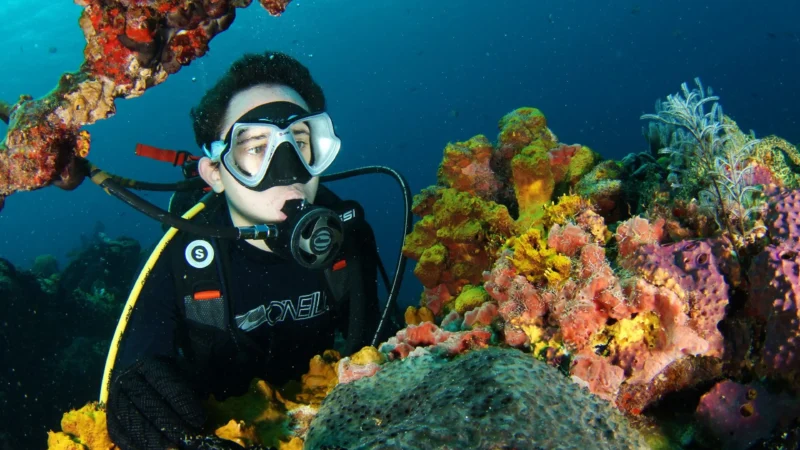
Diving
There are over 30 scuba diving sites in the Varadero area. Many are in shallow waters suitable for beginners and snorkelers, but more experienced divers can explore sunken shipwrecks and caves, coral gardens and incredible rock formations. There are several dive centres along the peninsula, with locals who know the best spots.
All kinds of reef fish and small sharks can be seen. Rays and eels can be spotted near the reefs. Dolphins frolic offshore.

Skydiving
The skydiving centre, opened in 1993, is based at the old airport, west of Varadero.
Skydivers take off in an Antonov AN-2 biplane and jump from 8,000-10,000 feet with a double-safety parachute in tandem with an instructor.
After 35 seconds of free fall and after gliding for about 10 minutes you land on the white sand beach of Varadero. It is possible to jump without an instructor only if you are an experienced skydiver and can show the relevant certificates attesting it.
It is also possible to take ultralight flights from various points on the beach.
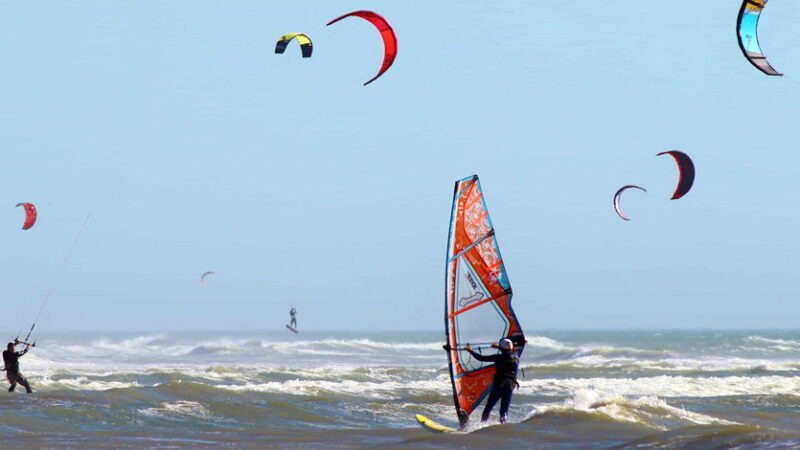
Kitesurfing
The more than 20 km of white sand of Varadero beach is more than enough space to launch the kite and land it comfortably. Near the Barcelò Marina Palace hotel you can raise the kite sailing east in flat and crystalline waters reaching a nearby islet or practice a fun 25 km downwind along the entire Varadero peninsula.

Nightlife
Varadero offers a wide selection of places where to listen to music and dance: the Casa della musica, the Calle 62 bar with live music and entertainment, the Havana Club nightclub, the Beatles club with live music. La cumparsita nightclub, the Cabaret continental of the Melià International hotel, the Mambo Club, and the Mamma Mia and Lemon X nightclubs in Santa Marta.
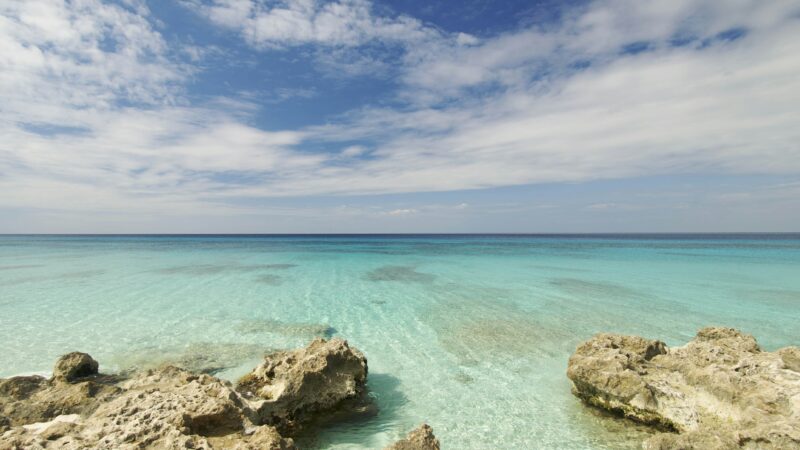
Playa Coral
Halfway between Matanzas and Varadero there is Playa Coral, the second largest coral reef in the world.
Its uniqueness lies in its pinkish coral sand, warm blue and green waters and over 2 km of coral reefs.
It is ideal for snorkeling and scuba diving and is home to various aquatic species such as sea sponges, over 50 species of tropical fish of various colours and sizes and a great diversity of crustaceans. This beach has little infrastructure, a lot of space, is very natural and quiet, and is practically deserted.
Fishing and other water sports are prohibited in this area in order to no alter the ecosystem.
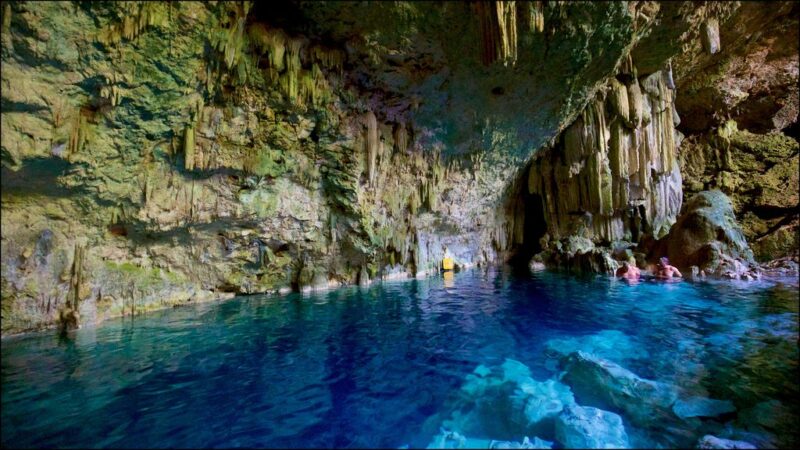
Saturn Cave
On the way to the Varadero airport there is Cueva Saturno, a small cave that encloses a lake, in whose crystalline waters live fish and other species characteristic of the Cuban aquatic fauna that inhabit the sea depths. It is possible to swim in the lake and snorkel, diving is reserved for very experienced divers.
Stalactites and stalagmites abound, mostly submerged by water; proof of the fact that the cave has not always contained water.

Cayo Blanco
Cayo Blanco is a small island located near Varadero, on the northern coast of Cuba, which takes its name from the fine white sand of its practically virgin beaches. This small uninhabited island and its coral reef offer an idyllic environment for diving.
In addition to its coral reef, the islet is surrounded by mangroves, which are the habitat of numerous species of fauna, such as various birds, the Cuban iguana or the particular black coral, in danger of extinction.
Cayo Blanco is the ideal place for scuba diving and snorkelling. The environment is 100% exotic and tropical. The excursion to Cayo Blanco from Varadero takes place on a catamaran. Halfway along the route there is a stop to snorkel and observe the coral reef.
During the excursion you can enjoy free drinks, entertainment with many games and music and lunch will be served on the island.